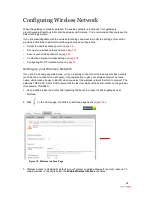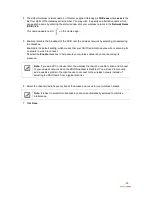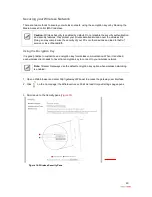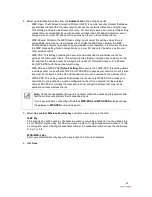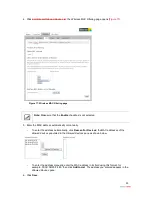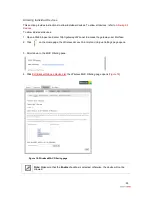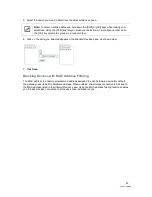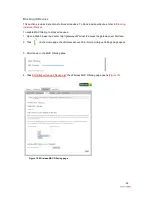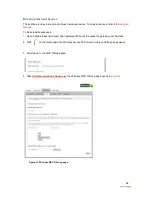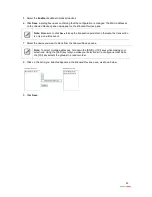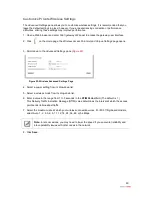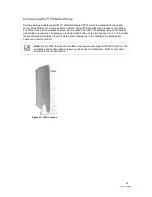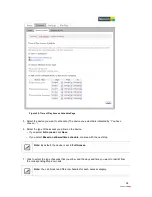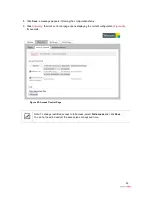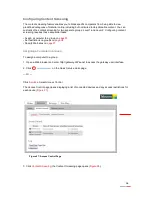
21
4. Select an authentication setting from the
Authentication
Type
drop-down list:
- WEP-Open. The Wireless Encryption Protocol (WEP) is an older security protocol that allows
any wireless clients within the radio range to access your network without an encryption key.
This setting provides the least level of security. For security reasons, do not select this setting
unless there is compatibility issue with an older wireless client. For added protection, set an
encryption key on your AP and enter the same key into your other wireless clients.
- WEP-Shared. Similar to the WEP-Open setting, do not select this setting unless there is
compatibility issue with an older wireless client. Unlike the WEP-Open setting, the WEP-
Shared setting prevents open access by any wireless client; therefore, it is more secure than
the WEP-Open setting. Set an encryption key on your AP and enter the same key into your
other wireless clients.
- WPA-PSK. This setting provides good security and works with most wireless clients but
perhaps not some older clients. This setting requires that an encryption key to be set on the
AP and that the wireless client be configured to use Wi-Fi Protected Access – Pre-Shared
Key (WPA-PSK) with the same encryption key.
- WPA-PSK and WPA2-PSK [
Default Setting
] More secure than WPA-PSK, this setting allows
a wireless client to use either WPA-PSK or WPA2-PSK to access your network. An encryption
key must be configured on the AP and the same key must be entered on the wireless client.
- WPA2-PSK. This setting requires that wireless clients use only WPA2-PSK to access your
networks. An encryption key must be configured on the AP and entered into the wireless
client. WPA2-PSK is currently the most secure Wi-Fi encryption protocol but may not be
available on many wireless clients.
Note:
Check the capabilities of the wireless clients that will be accessing this network and
find the most secure protocol that is supported by all.
If you have problems connecting with default
WPA-PSK and WPA2-PSK
settings change
the gateway to
WPA-PSK
only and try again.
5. Select
Use custom Wireless Security key
and enter a security key in the field.
WEP Key
This security key will be used by all clients to access your wireless network. You can define a 64-
bit or 128-bit encryption key. For 64-bit encryption, enter a 10-digit hexadecimal number. For 128-
bit encryption, enter a 26-digit hexadecimal number. A hexadecimal number uses the characters
0-9, a-f, or A-F.
WPA/WPA-2 Key
Enter your preferred security key with a key length of 8 or more characters.
6. Click
Save
.












